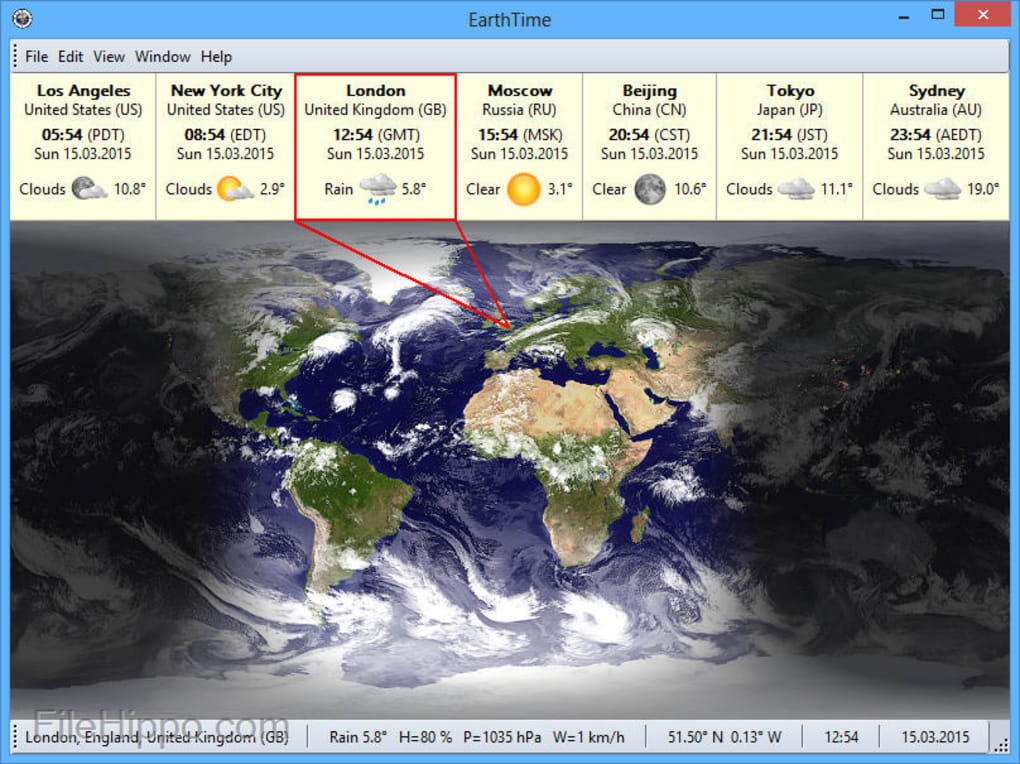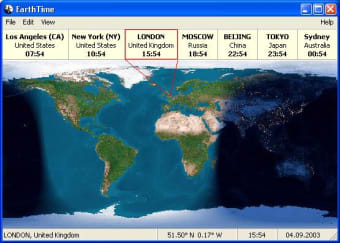

In the world of information technology and computer science, ‘epoch time’ is a system for tracking time that represents time as the number of seconds that have passed since the ‘Unix Epoch’ – 00:00:00 Coordinated Universal Time (UTC) on Thursday, 1 January 1970. While we’ve discussed epochs in the context of geological and astronomical time scales, it is worth noting that the term ‘epoch’ is not limited to these fields. It emphasizes the drastic environmental changes due to human influence, potentially starting from the Industrial Revolution.

Holocene: The Holocene epoch began at the end of the last Ice Age, around 11,700 years ago, and extends to the present day.

Pleistocene: Lasting from about 2.6 million to 11,700 years ago, the Pleistocene epoch was characterized by repeated glacial cycles where ice sheets advanced and retreated across the globe.To understand the concept of geological epochs, let’s delve into some examples:

ClassificationĪ division of the geological time scale that corresponds to a specific span of time characterized by distinctive geological or paleontological eventsĪ reference point in time used to measure celestial coordinates and track the motion of celestial bodies The commonly used astronomical epochs are Julian epochs (starting from noon on JanuBC, in the Julian calendar) and Besselian epochs (defined by the position of the Sun at the time of the Earth’s perihelion). Astronomical epochs are denoted in years and are often used to track the motion of celestial bodies across time. This is used as a reference point to measure celestial coordinates. In the field of astronomy, an epoch does not necessarily refer to a span of time but instead to a specific point in time. Each geological epoch corresponds to significant geological or paleontological events, such as mass extinctions or climatic shifts. The division into epochs helps provide a more granular understanding of Earth’s history. The smallest unit of the geological time scale is the age. Eons represent the largest time scale, followed by eras, then periods, and epochs respectively. Geological epochs form part of the larger geological time scale, which is divided into several units: eons, eras, periods, epochs, and ages. On the other hand, in astronomical context, epochs refer to specific points in time that aid in tracking celestial bodies and predicting their positions. In geology, epochs are used to subdivide the eras of the geologic time scale into smaller segments to present a more detailed view of Earth’s history. Definition and Classification of EpochsĪn epoch is a unit of time that demarcates specific eras, with each epoch characterizing a unique stage in the timeline of the universe, planet, or any other entity. The term ‘epoch’ refers to a distinctive period in the timeline of a distinct entity, such as the geological history of Earth or the universe’s cosmic history. The concept of an ‘epoch’ is pivotal in understanding the framework of geologic and astronomical time scales, acting as a vital tool for scientists in comprehending Earth’s extensive and complex history.


 0 kommentar(er)
0 kommentar(er)
